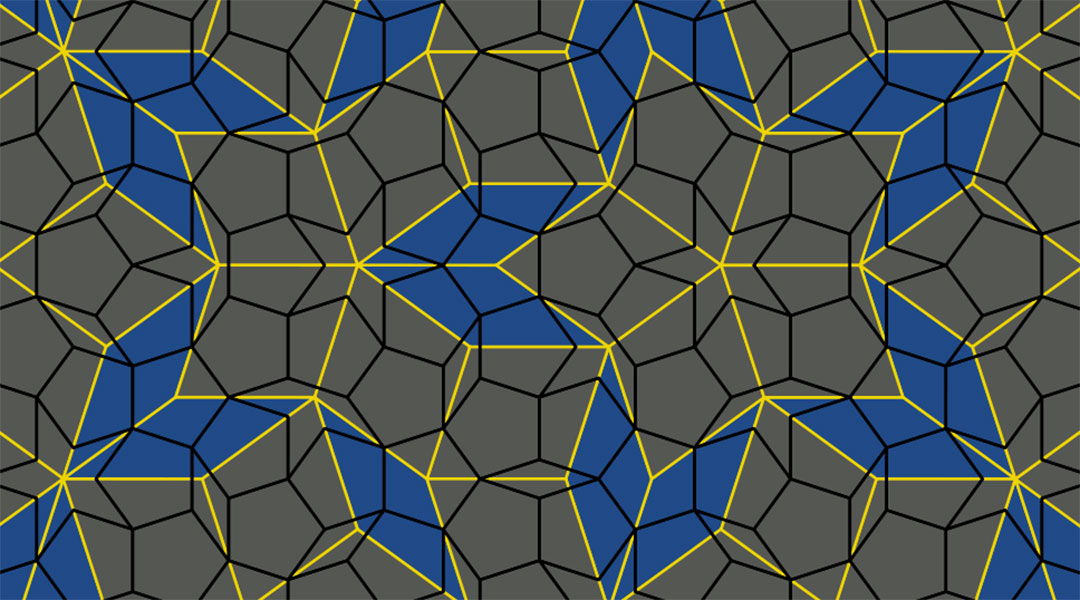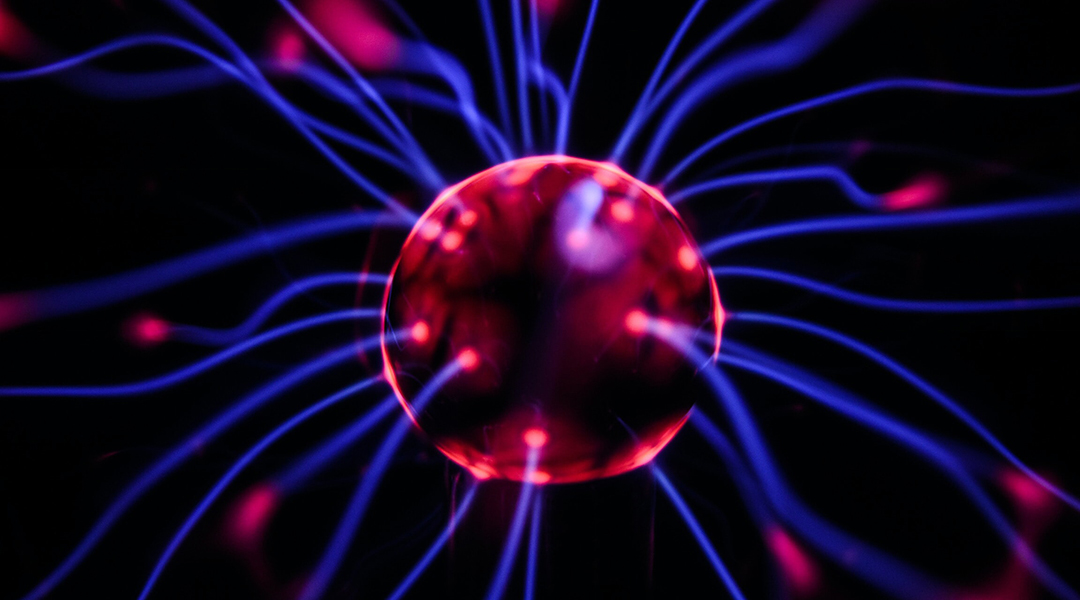Scientists hope that a new machine learning algorithm could one day be used to automate the discovery of new physical laws.


Scientists hope that a new machine learning algorithm could one day be used to automate the discovery of new physical laws.

A numerical model helps scientists understand how particularities of different terrains affect the trajectory and behavior of dung beetles.

Extra time dimensions provide scientists with a new way to think about phases of matter for more stable qubits and robust quantum computers.

Microrobots dubbed “microwalkers” can both swim and walk, allowing them to transverse challenging biological environments.

Automated molecule design through machine learning helps scientists identify and synthesize a new polymer electrolyte for lithium-ion batteries.

A new smart pillowcase not only tracks sleep but is powered by head movement, providing a more accurate means of monitoring sleep cycles.

Researchers take a different approach to machine learning to uncover the physics of optics in composite materials.

As machine learning gets better at deciphering our brain activity, the possible uses and misuses of this technology come into focus.

An AI made from plasma learns to play tic-tac-toe using varying and controllable mixtures of gases, in a major step forward.

A new electrochemical device produces high purity oxygen in situ, and researchers hope it might help curb the oxygen supply shortage.